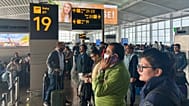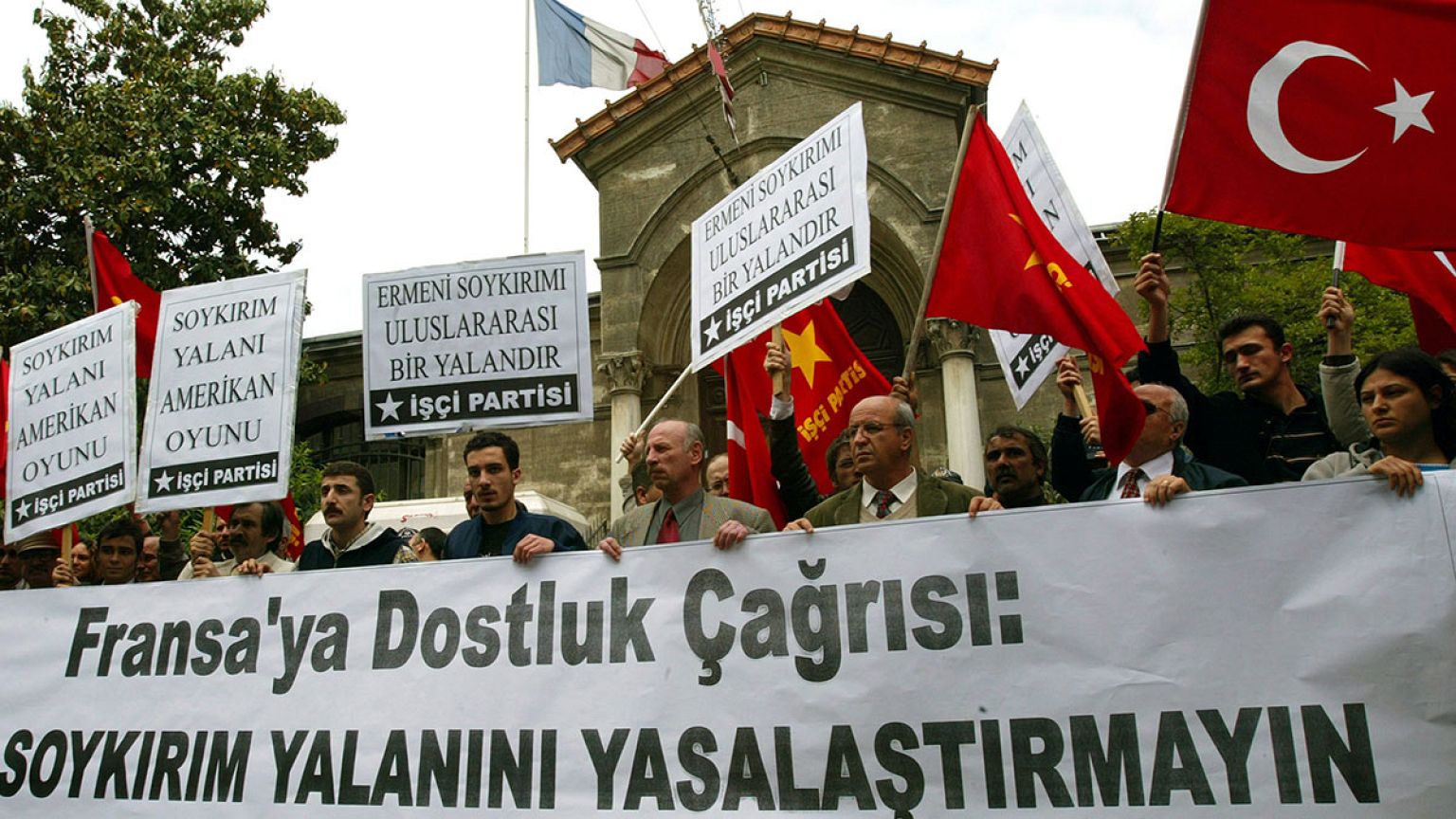This article sets out how Turks generally view the context, events and implications of the massacres of ethnic Armenians living in the Ottoman Empire during World War I. Armenians dispute key parts of the information and you can read the Armenian perspective here.
In Turkey today, most people know nothing about their fourth generation of grandparents, many have hometowns outside of Turkey’s current borders. Millions more are grandchildren of immigrants from the Balkans, Caucasus or Crimea. There are hundreds of villages named “Yeni muhacir” which means “new immigrants.”
The modern Turkish nation is composed of Bosnians, Albanians, Circassians, Georgians and others driven away from their homelands. They are the grandchildren of a shattered empire.
This is the context within which modern Turks predominently view the events of 1915.
In addition to this there are the nearly 4.5 million Ottoman Muslims who perished from 1864 to 1922 – many more dead were never counted as their homelands were absorbed by Russia. Turkey believes that around 5 million Ottoman citizens were driven away from their ancestral homes in the Balkans and the Caucasus during this period and found shelter in Anatolia and Istanbul.
The displacement and killing of Armenians during this time, is not by itself unique, Turkish historians argue.
For this reason when it comes to Armenian claims of “genocide” Turkey does not accept the term. The Armenian military alliance with Russia and assaults on Turkish villages in Eastern Anatolia, while the Ottoman army was fighting on other fronts are seen in Turkey as the main motive of the Ottoman rulers in forcing Armenians from their homes.
Putting the case as an attempt to stop an armed rebellion against the government, Ankara underlines the fact that it was not the race, ethnicity or religion of Armenians which rendered them subject to relocation but their violent political aims. There is a general acceptance in Turkey of the horror and the destruction that occured but the suggestion is that, seen amid the Great War in its totality, the suffering of Armenians is a chapter in the book and cannot be viewed outside of this.
Turkish Foreign Ministry publications admit that “while the Ottoman Government clearly planned that those who had to be moved, should be cared for, protected, and fed adequately, most of the Armenians suffered immensely. War-time conditions, exacerbated by internal strife; local groups seeking revenge; banditry; famine; epidemics and the general lawlessness of a collapsing state apparatus all combined to produce a painful tragedy that was beyond any contingency expectation.” Some government officials were involved in the crimes against Armenian convoys, but the Ottoman leadership did not foresee or support them and on the contrary prosecuted the perpetrators, the documents say.
Ankara believes the issue is being used as a political bargaining chip, with parliaments around the world taking sides under pressure from lobby groups rather than based on evidence of the facts. Turkey instead has repeatedly proposed the formation of an international committee of historians, including people with a range of perspectives to debate the issue. Such a group of experts would be better qualified than politicians to understand the facts, according to Turkey.
The propositions have been rejected by the Armenian side.
You can find out about the Armenian perspective here.















